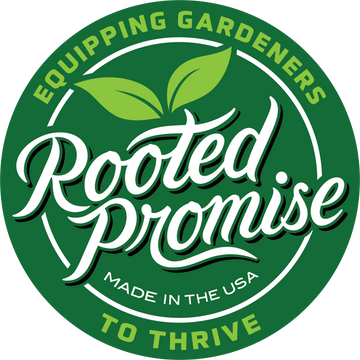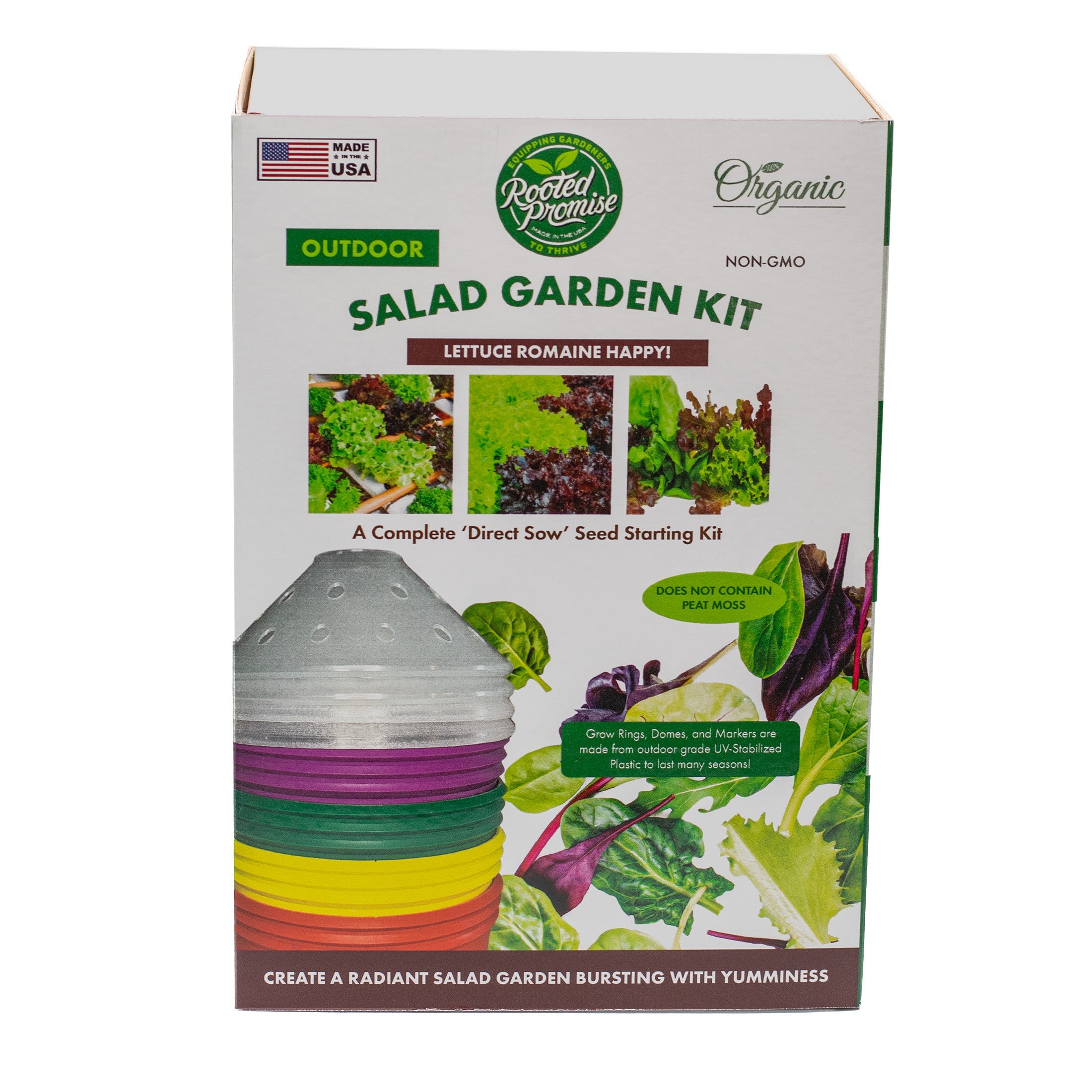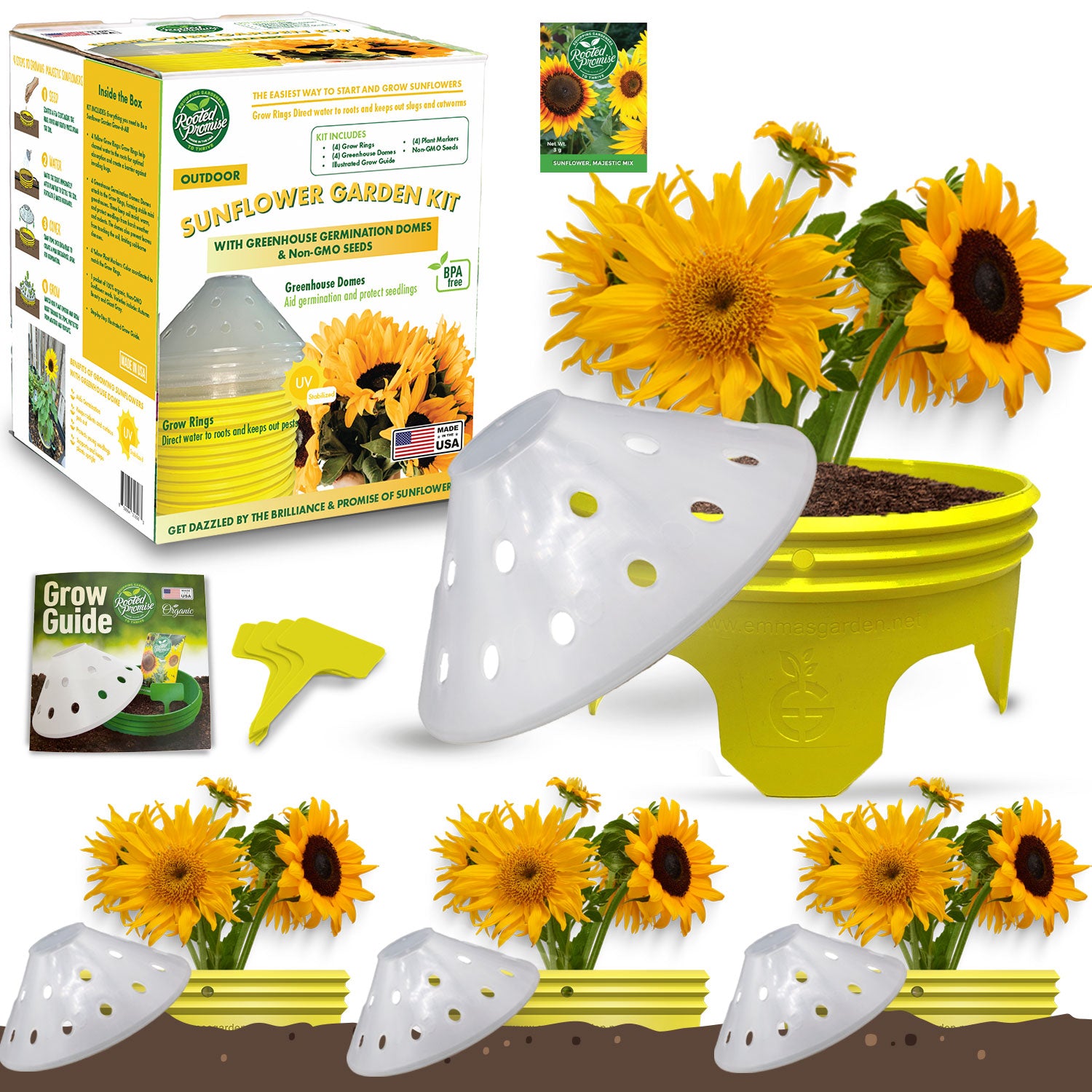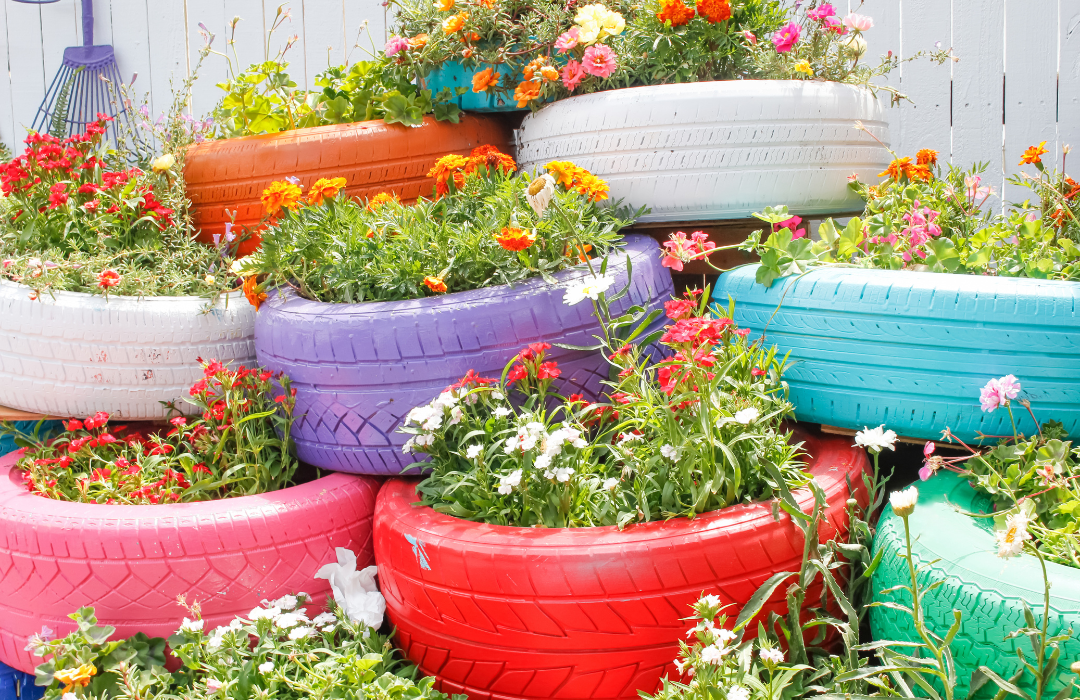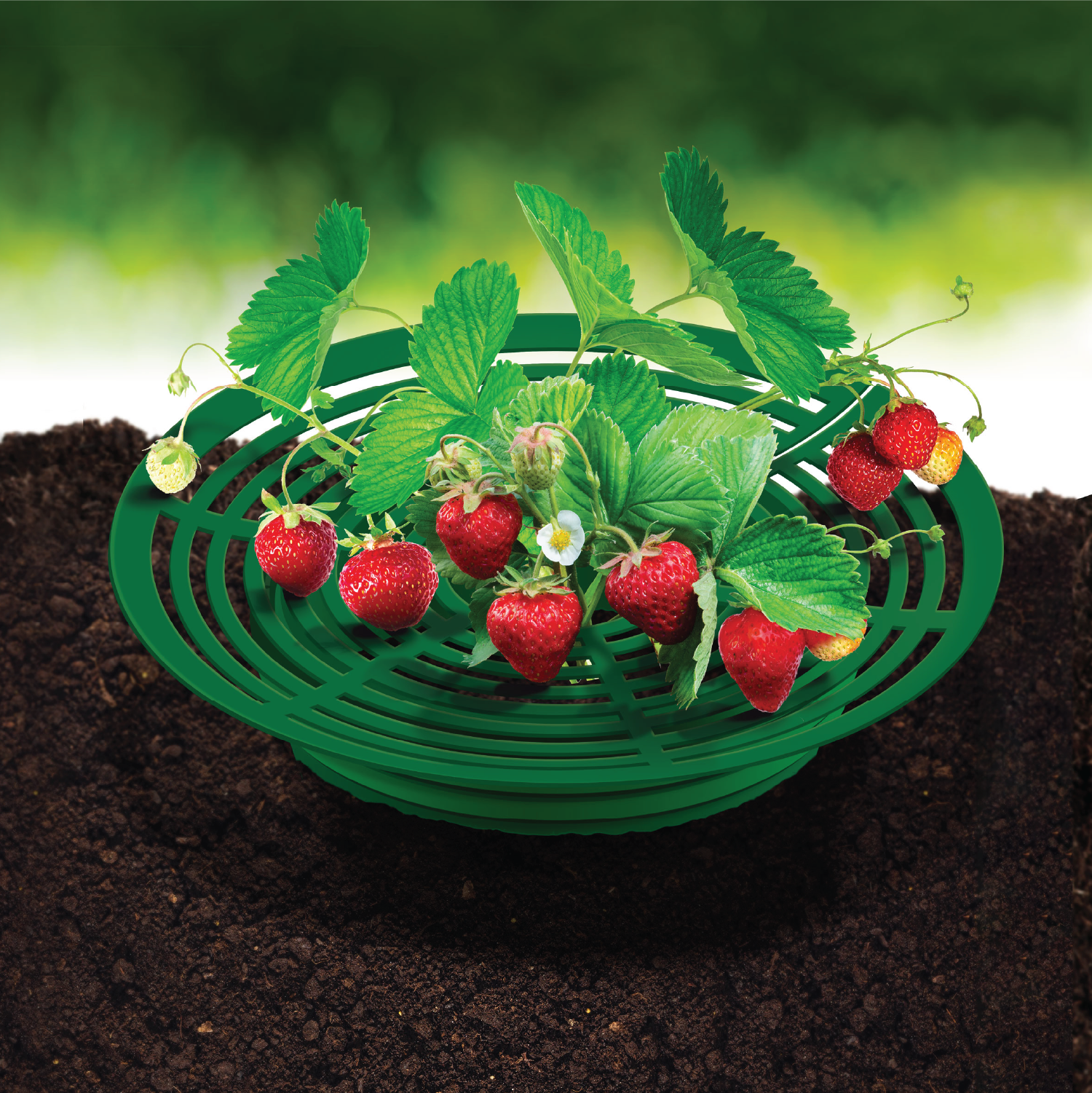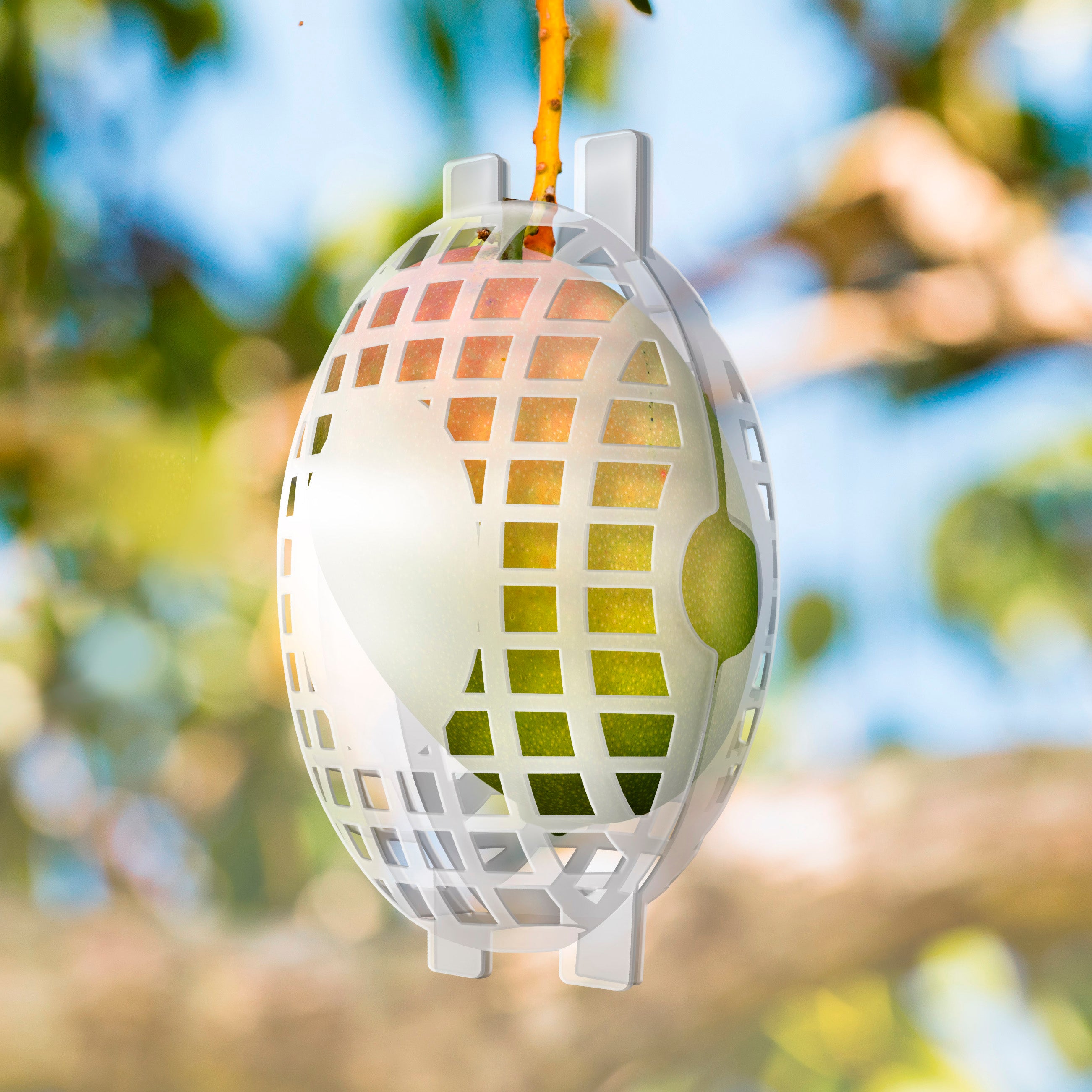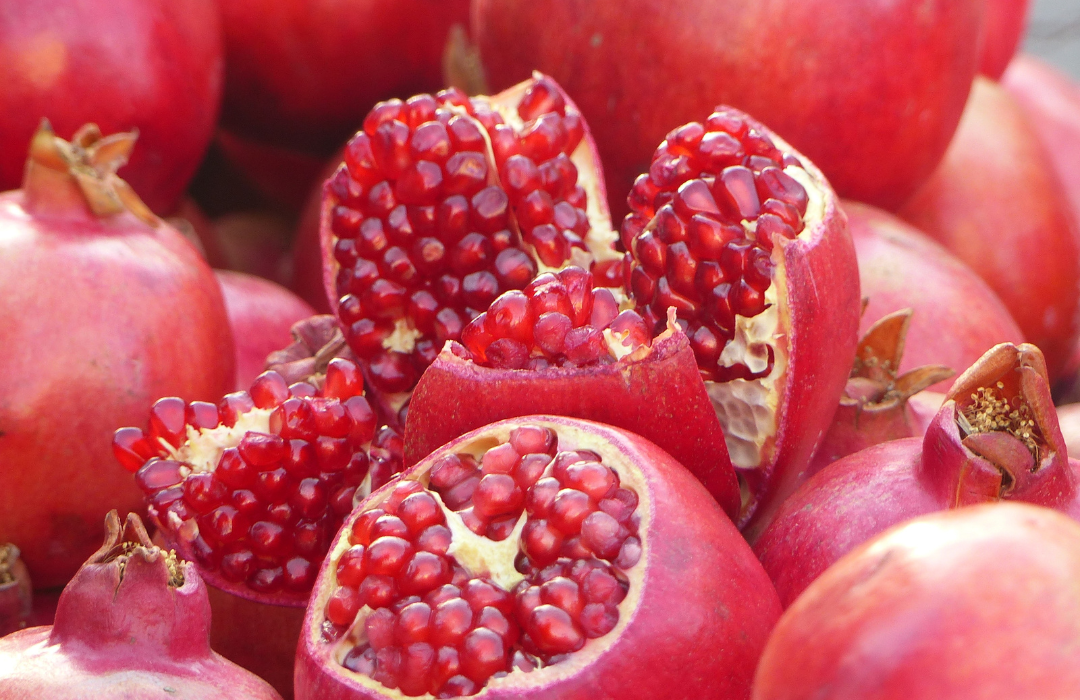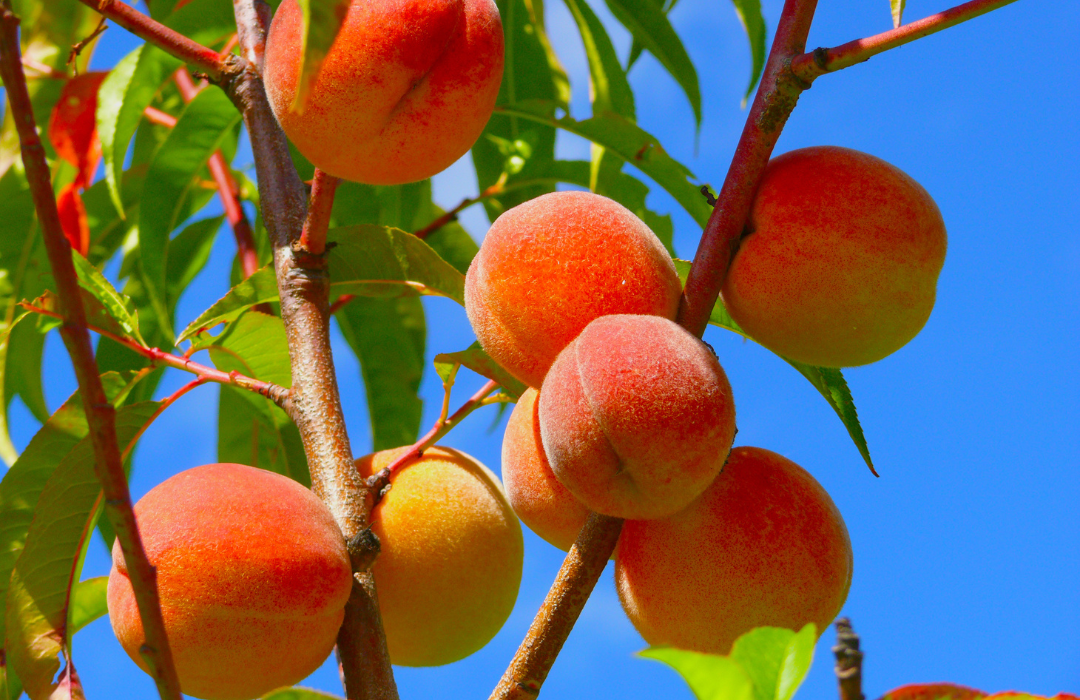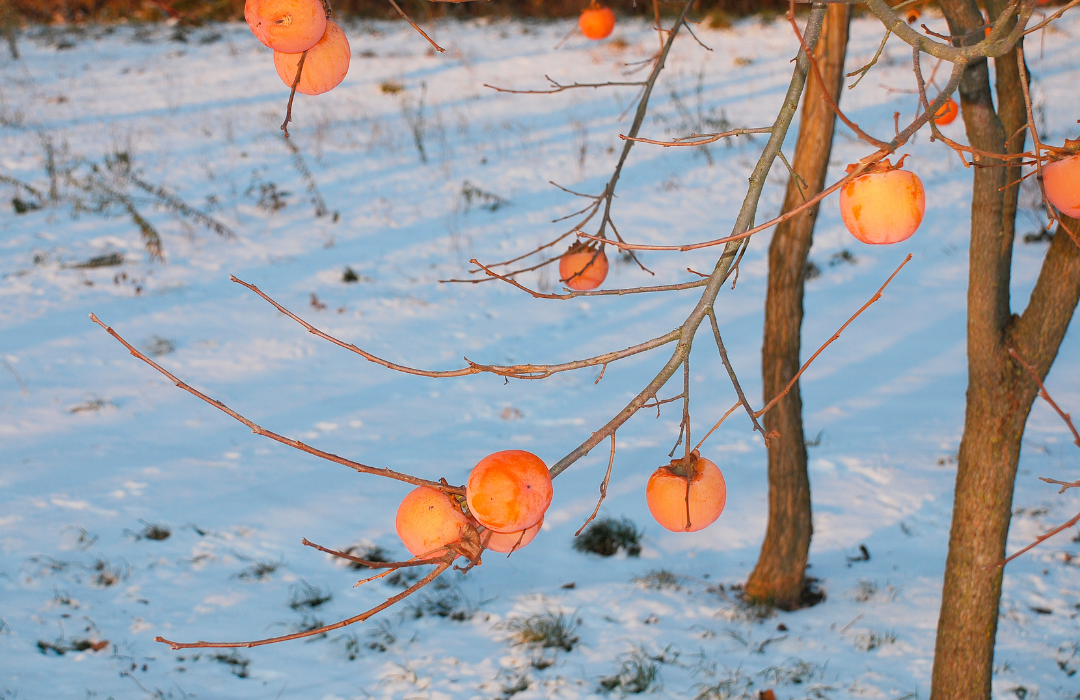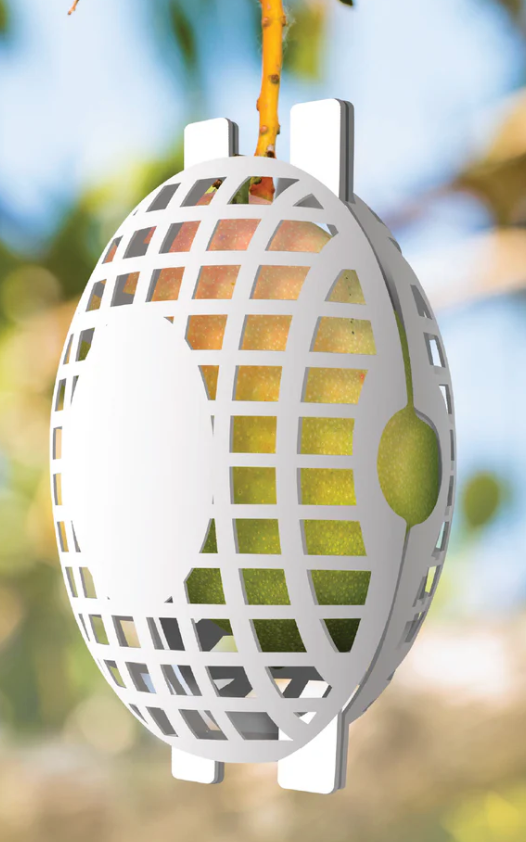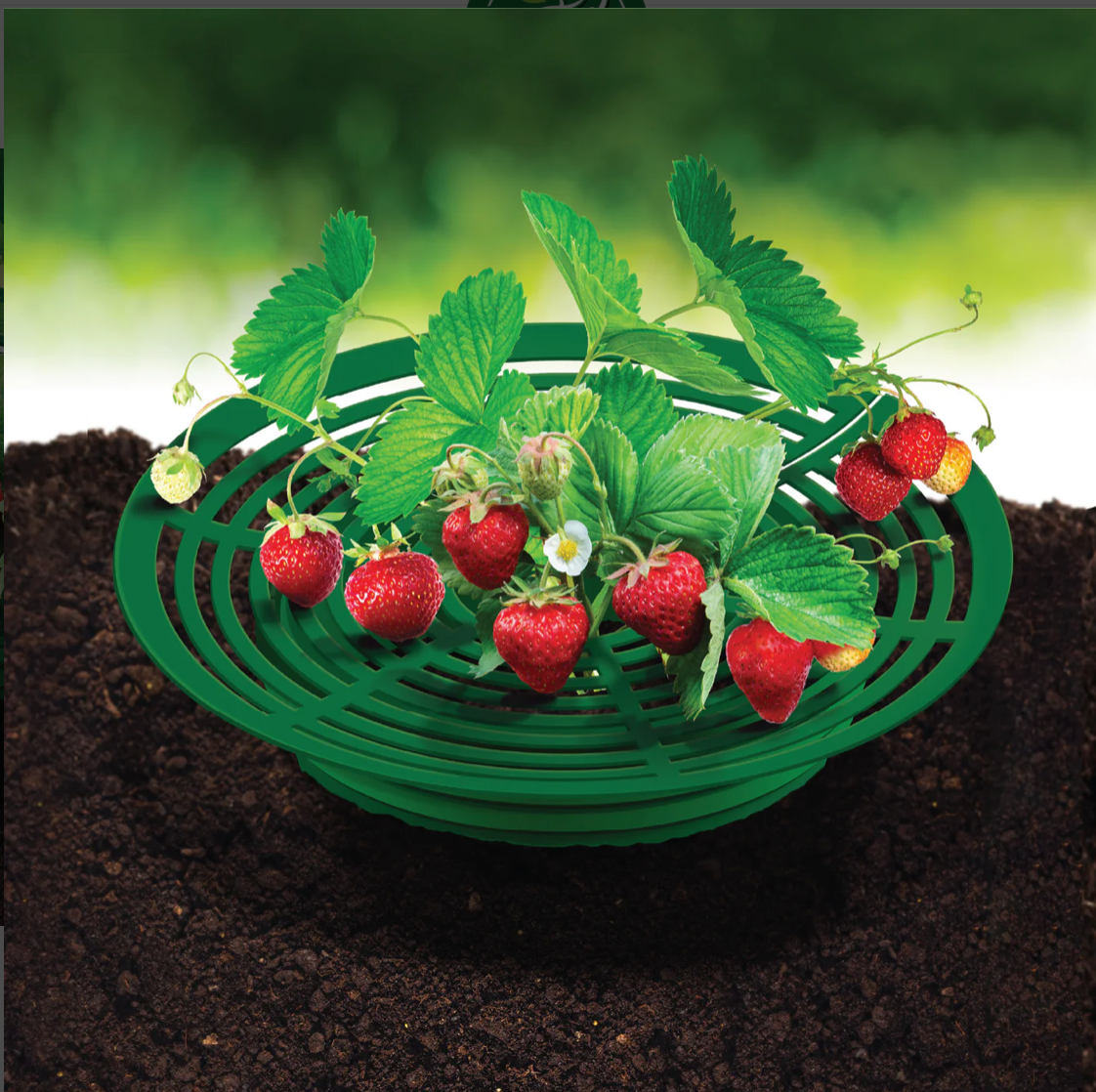Introduction
Garden design is no longer just about plants and flowers—it’s about creating a space that reflects your personality while promoting sustainability. One way to achieve this is by incorporating recycled and upcycled materials into your garden. Not only does this reduce waste, but it also adds unique, personal touches to your outdoor space.
Let’s explore what recycled and upcycled garden design is, why it’s a growing trend, and how regular gardeners can use these materials creatively.
What Is Recycled and Upcycled Garden Design?
Recycled garden design involves repurposing materials that would otherwise be discarded, such as old wood, metal, or glass. Upcycling takes this concept further by creatively transforming those materials into something new and functional, like turning an old ladder into a vertical planter.
This approach to garden design is about sustainability, creativity, and reducing the environmental impact of gardening. It encourages gardeners to look at everyday items in a new light, finding ways to reuse them instead of throwing them away.
Why Use Recycled and Upcycled Materials in the Garden?
Incorporating recycled and upcycled materials offers several benefits:
Eco-Friendly: By reusing materials, you reduce waste and keep items out of landfills.
Cost-Effective: Many recycled materials can be sourced for free or at a low cost.
Unique Designs: Upcycled items often add character and personality to your garden.
Promotes Creativity: Working with recycled materials inspires innovative garden solutions.
As sustainability becomes a priority for many gardeners, recycled and upcycled designs are a simple and impactful way to make a difference.
Ideas for Using Recycled and Upcycled Materials in the Garden
Here are a few ways regular gardeners can incorporate recycled and upcycled materials into their gardens:
Planters and Containers
Old Tires: Paint tires in bright colors and stack them to create unique planters for flowers or vegetables.
Tin Cans: Turn empty tin cans into small herb planters. Add drainage holes and hang them on a wooden board for a vertical garden.
Broken Pots: Use pieces of broken clay pots to create mosaic stepping stones or fairy gardens.
Garden Paths and Borders
Bricks or Stones: Salvaged bricks or stones can be used to create pathways or garden borders.
Glass Bottles: Upend glass bottles and bury them neck-down to create a colorful garden border.
Wood Pallets: Disassemble old pallets to create rustic pathways or raised garden bed edges.
Trellises and Supports
Old Ladders: Lean a weathered wooden ladder against a wall for climbing plants like beans or morning glories.
Bicycle Wheels: Mount bicycle wheels as trellises for vining plants.
Bed Frames: Use metal bed frames as artistic trellises for climbing roses or vines.
Garden Decor
CDs and DVDs: Hang old CDs from trees to create reflective garden ornaments that also deter birds.
Tea Kettles or Watering Cans: Turn these into whimsical planters or garden lights by adding small LED bulbs.
Mirrors: Use salvaged mirrors to create the illusion of more space in small gardens.
Water Features
Bathtubs or Sinks: Repurpose old tubs or sinks as garden ponds or water features.
Plastic Bottles: Create a cascading water feature by stacking cut bottles to channel water flow.
Metal Buckets: Use buckets for small-scale fountains or water basins.
Tips for Using Recycled and Upcycled Materials Safely
Inspect Materials: Ensure items are free from harmful chemicals or sharp edges that could harm plants, pets, or people.
Weatherproofing: Treat wood or metal items to protect them from weather damage and prolong their use.
Drainage: Add drainage holes to containers to prevent waterlogging and root rot.
Conclusion
Recycled and upcycled materials bring creativity, sustainability, and individuality to your garden. Whether you’re repurposing old tires into colorful planters, building paths with salvaged bricks, or adding whimsy with upcycled decor, the possibilities are endless. By giving new life to discarded items, you’re creating a garden that’s not only beautiful but also environmentally friendly.
So, look around your home or local thrift store—you might find your next garden project waiting to be discovered!
